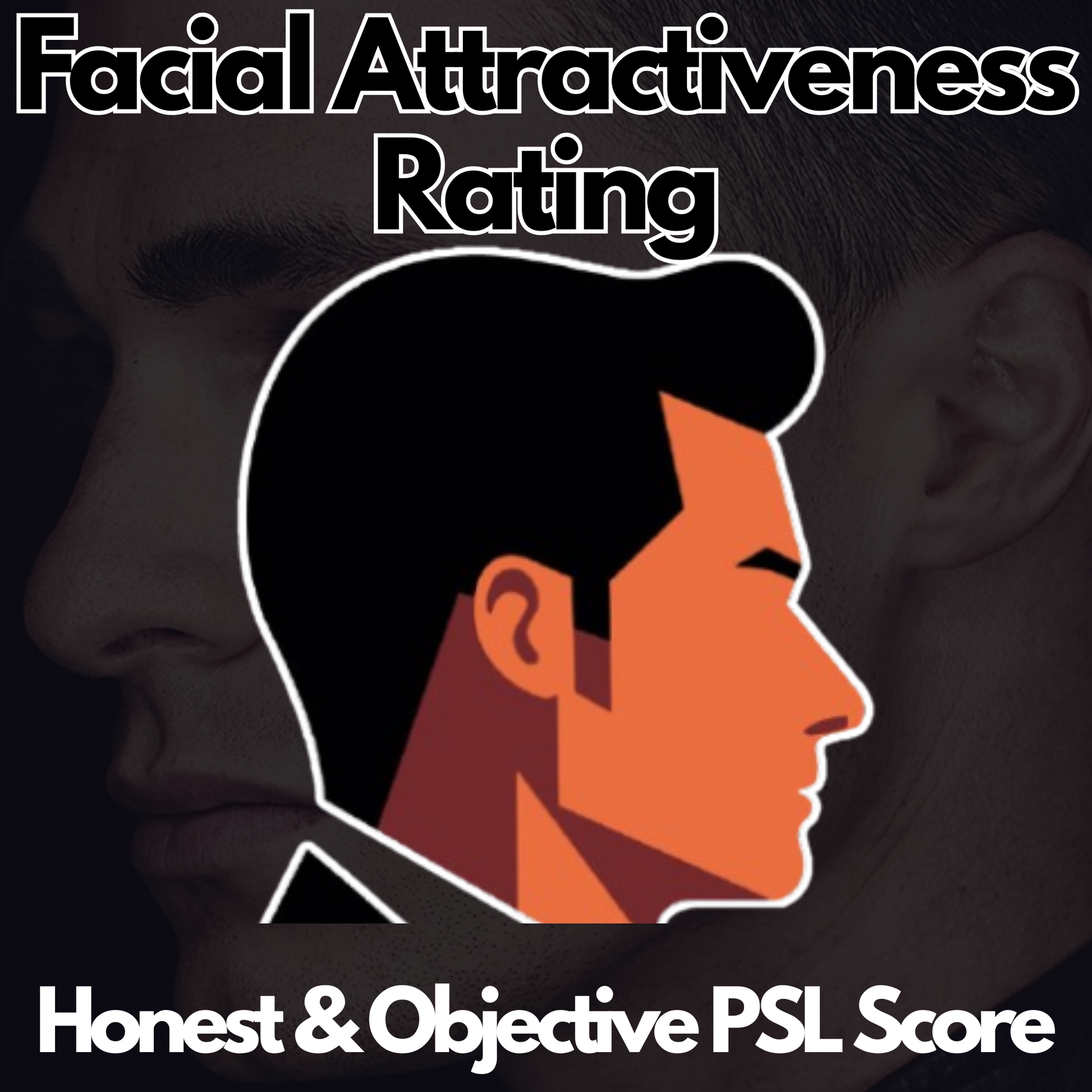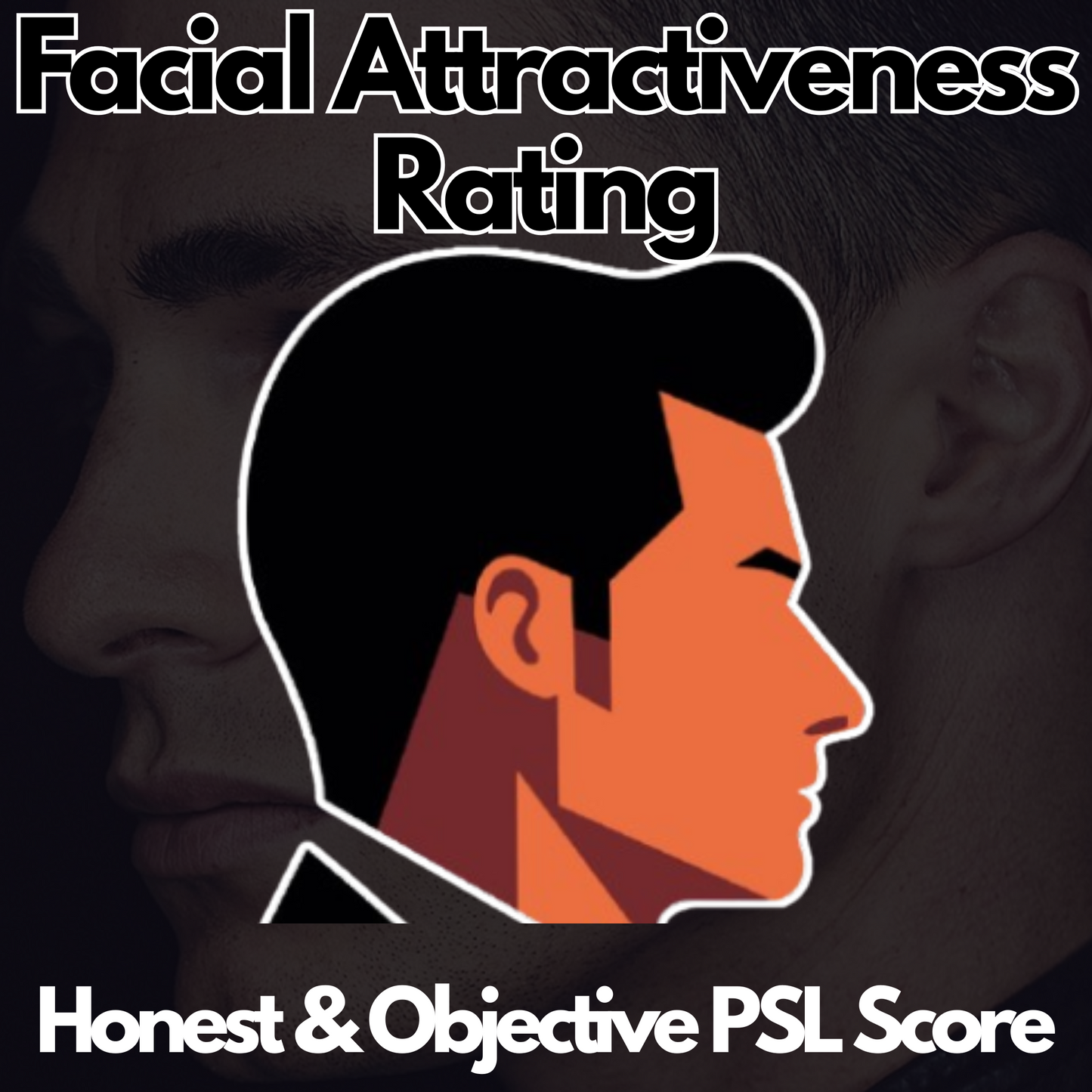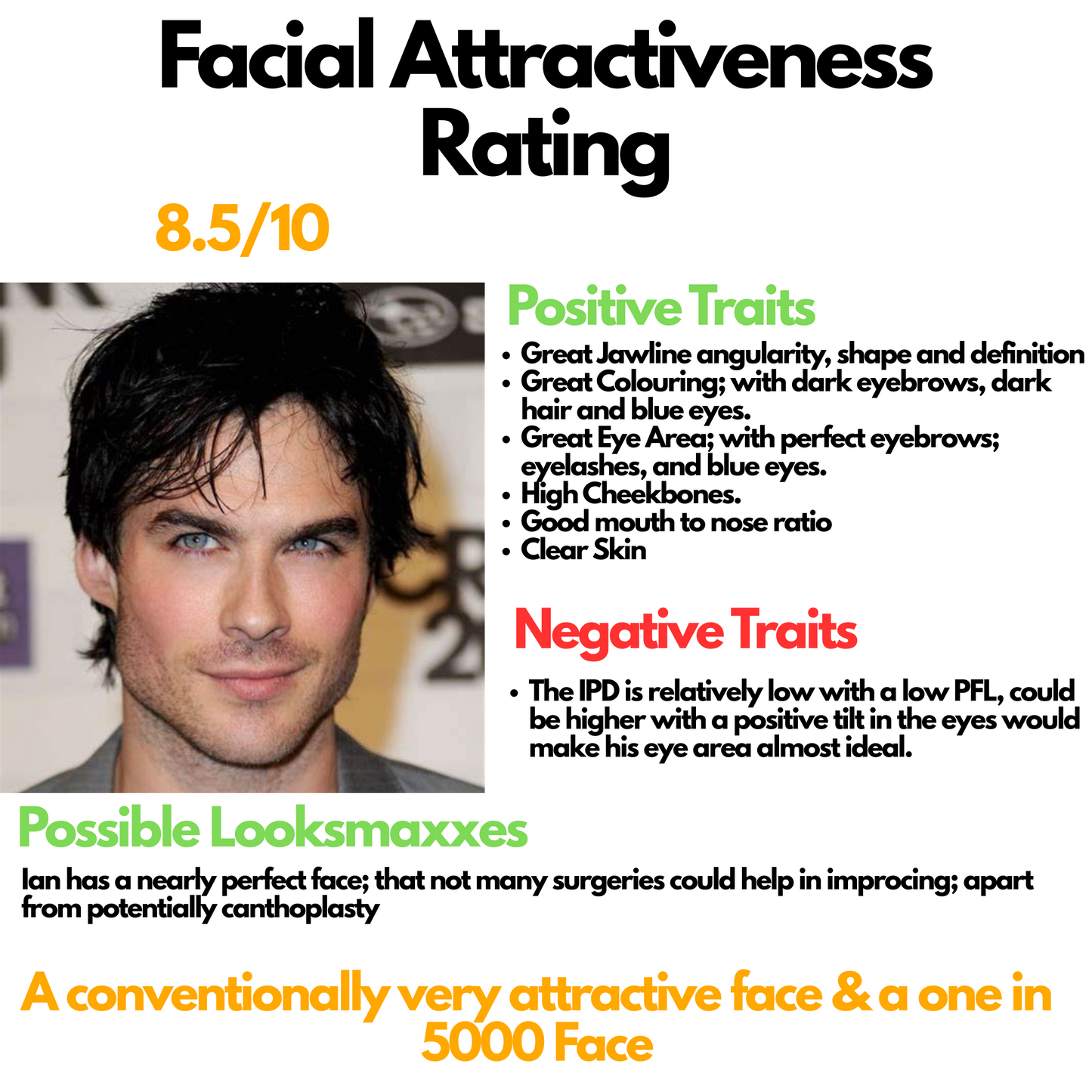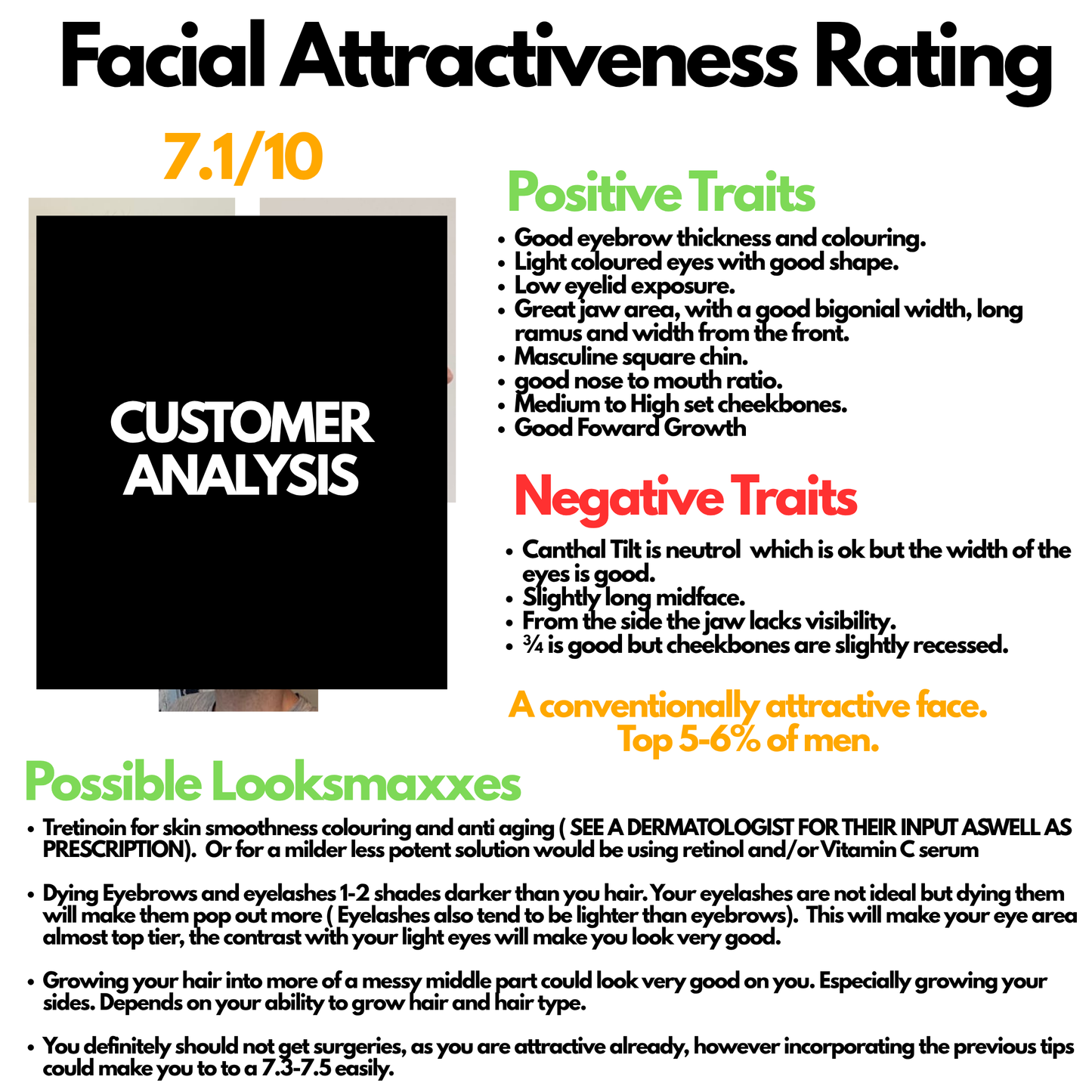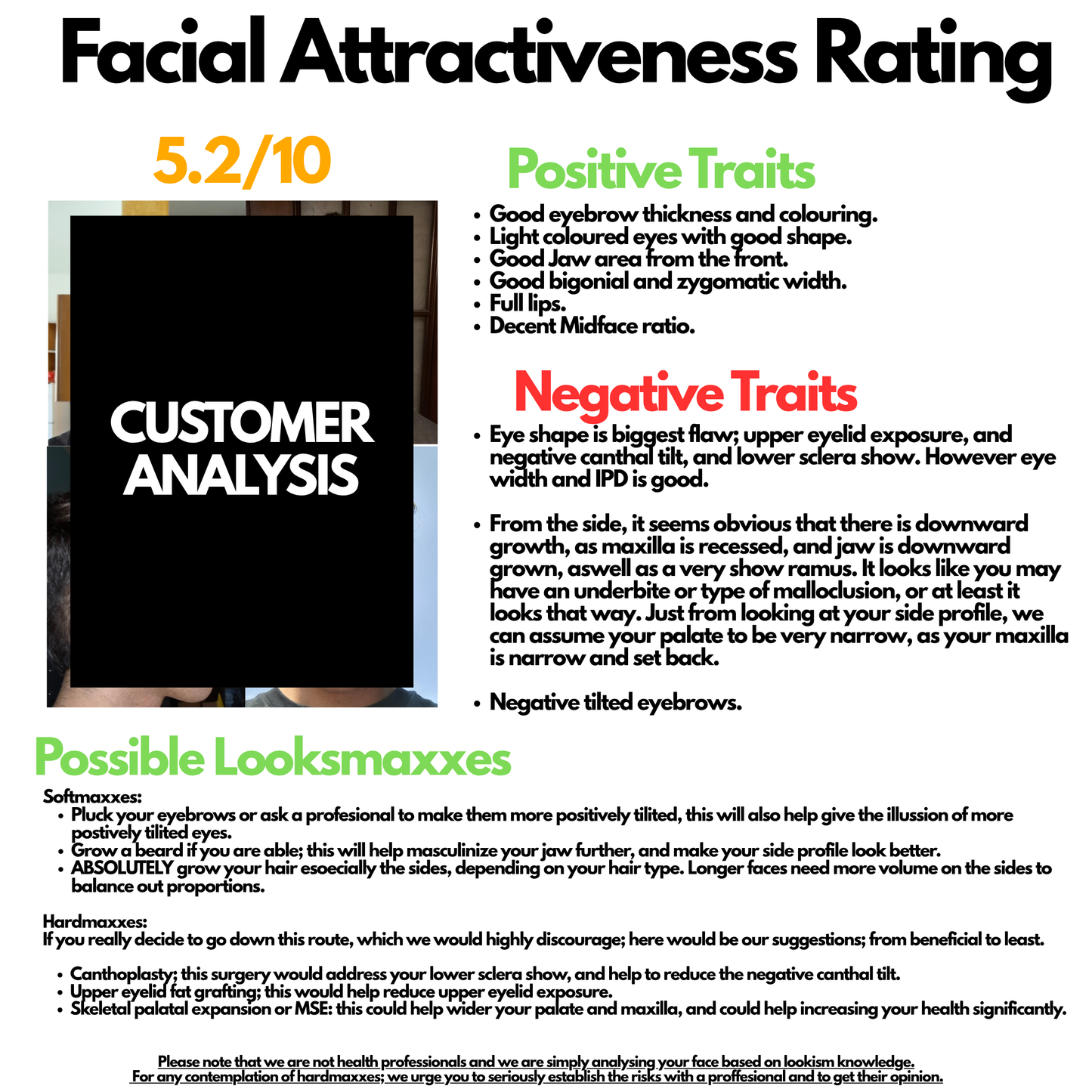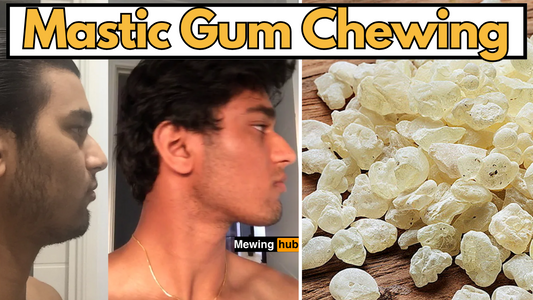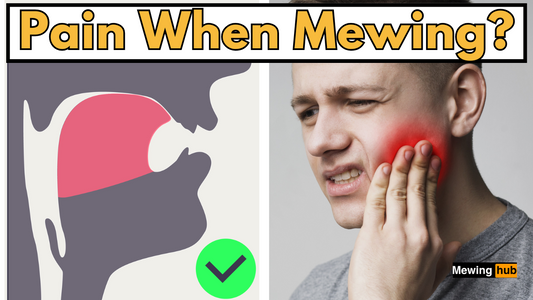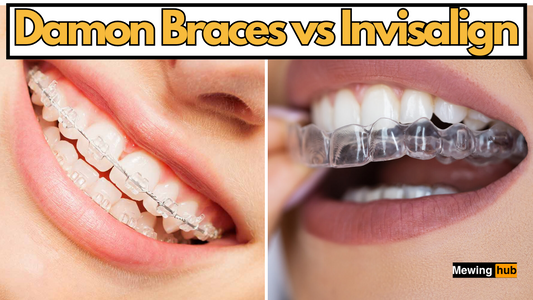What is the Impact of Mewing on Jaw Development ?

Share
In recent years, the practice of mewing has garnered considerable attention for its purported ability to enhance overall facial structure, particularly by influencing the development and expansion of the mandible.

Understanding Craniofacial Development:

To unravel the mechanism through which mewing influences mandibular expansion, it is imperative to first grasp the intricate concept of craniofacial development.
Our heads evolve in a cardioid pattern, with an intriguing contrast in head-to-body size ratio between childhood and adulthood.
This development hinges on two pivotal processes: bone remodeling and sutural growth. The former is a dynamic sequence involving osteoblasts and osteoclasts, encompassing resorption, reversal, and bone formation phases.
Additionally, sutural growth plays a pivotal role, with fibrous tissue joining the bones of the skull, presenting a unique opportunity for structural modifications, especially during the formative years of life.
The Dynamic Development of the Mandible:
The mandible, a paramount component of our facial skeleton, boasts a complex evolutionary journey, marked by significant alterations from birth through puberty and into adulthood.
During childhood, the mandibular body experiences substantial elongation, providing the necessary space for emerging teeth. Simultaneously, it broadens its horizons to accommodate the roots of these teeth.
The subdental portion of the mandible thickens, ensuring its robustness to withstand the actions of masticatory muscles. As puberty unfolds, the ramus assumes a more vertical position, and the gonial angle undergoes a transformation, often ranging from 110 to 120 degrees.
As time marches on and the aging process unfolds, the mandible can undergo further structural adjustments. This evolution is not solely dictated by genetics but also by a range of lifestyle factors and habits that involve the jaws.
The Role of Mewing in Mandibular Transformation:

Mewing capitalizes on sutural growth, a phenomenon that is most pronounced during puberty when the cranial sutures are still relatively malleable. At the heart of mewing is the practice of maintaining proper tongue posture.
A compelling case study can be found in the Creed Twins, where the power of mewing becomes evident. One twin, Quentin Creed, witnessed the transformative potential of mewing, with his tongue guiding his jaw expansion, providing more room for his teeth, and ultimately resulting in forward facial growth.

In stark contrast, his brother, Ben, embarked on a conventional orthodontic journey that involved teeth extractions and braces, which subsequently influenced the development of his facial features. This striking juxtaposition serves as a testament to the profound influence of tongue posture on jaw structure and facial harmony.
Long-Term Benefits of Mewing:
Mewing is not a quick fix; rather, it is a journey of dedication and consistency. By persistently maintaining proper tongue posture at the roof of the mouth, individuals can experience a gradual transformation of their facial structure, with an emphasis on achieving a more pronounced jawline.
While the process may require time and unwavering commitment, the long-term benefits are undeniably worth the effort, leading to enhanced facial aesthetics and improved self-confidence.
Conclusion:
Orthodontists and dentists have long recommended the adoption of proper tongue posture, primarily for addressing issues such as jaw pain and speech disorders. H
owever, the advantages of sustained tongue posture reach far beyond these immediate concerns, extending into the realm of facial transformation, particularly in terms of mandibular expansion.
By dedicating themselves to this practice over an extended period, individuals can proactively mold and refine their facial structure. For a deeper dive into the scientific evidence supporting mewing, additional resources are available for reference.

